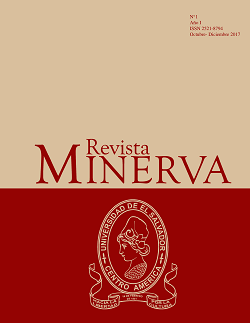Ethnozoology in Mexico: Review in the status of knowledge
DOI:
https://doi.org/10.5377/revminerva.v1i1.12553Keywords:
ethnozoology, wildlife, indigenous groupsAbstract
Ethnozoology studies the interactions between humans and animals. Initially their approach was a simple documentation of indigenous animals in a region known and used, currently growing building their theoretical and conceptual framework has allowed the development of multidisciplinary research including aspects of cognitive, perceptual, order of use, development and conservation. Their study is relevant in Mexico, back to the documentation made during the conquest if we apply the simple and utilitarian concept, but the first publication to appear in 1791 ethnozoological dyes with Alzate and Ramirez, but was until 1889 that the first formal text is published on the knowledge and use of the shells and molluscs. Its historical development can be followed in three sources that compile the state of knowledge, including conceptual aspects and origin, its development and contributions published in late 1800 to early twenty-first century.
1104
Downloads
Published
How to Cite
Issue
Section
License

This work is licensed under a Creative Commons Attribution-NonCommercial-NoDerivatives 4.0 International License.

